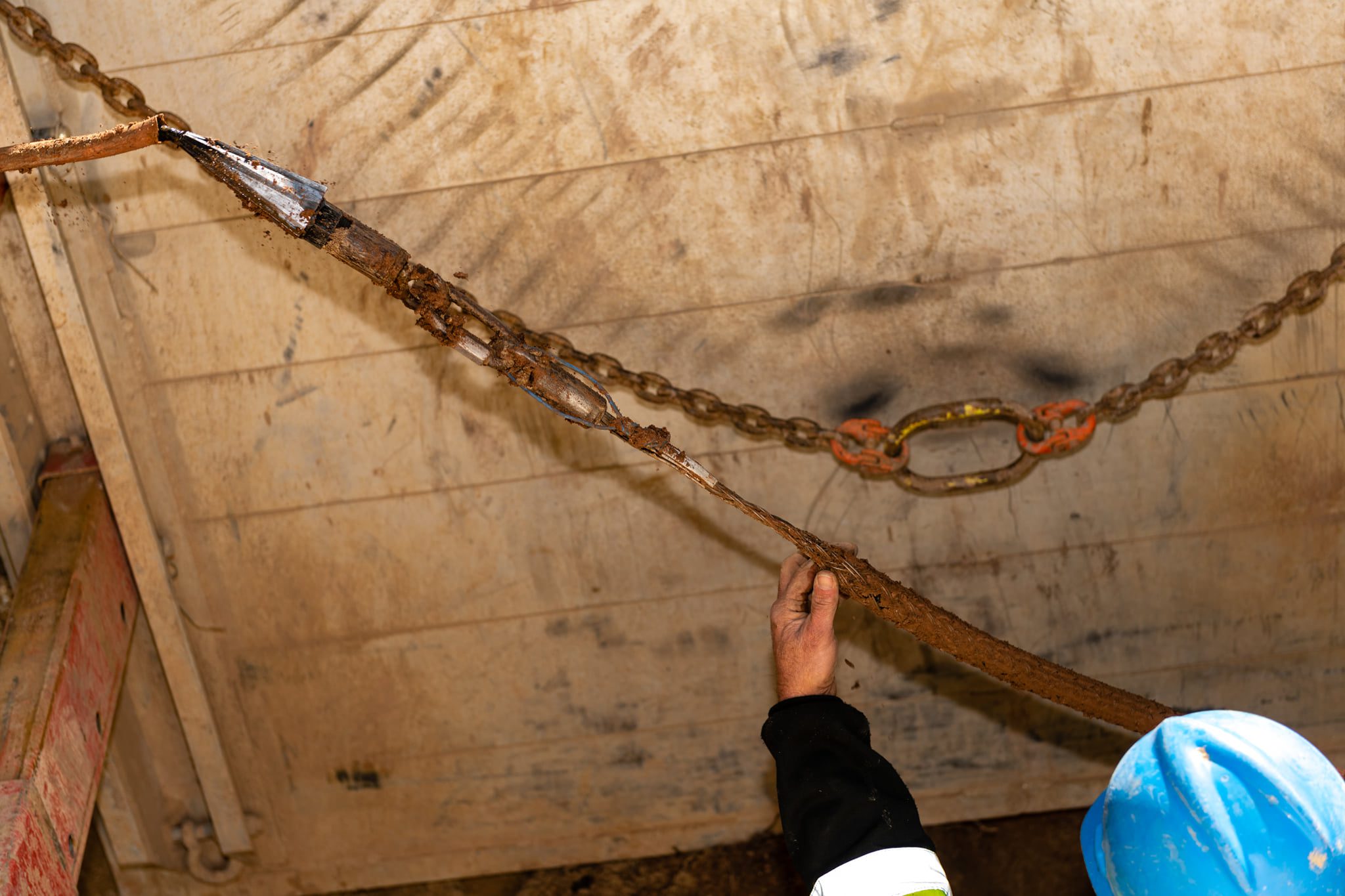New EPA guidance a reminder: LCRR requirements around the corner
August 10, 2022

AWWA Articles
New EPA guidance a reminder: LCRR requirements around the corner
 Last week’s release by the U.S. Environmental Protection Agency (EPA) of guidance related to lead service line inventories is a timely reminder that Oct. 16, 2024, is coming. That’s the compliance date for the Lead and Copper Rule Revisions (LCRR).
Last week’s release by the U.S. Environmental Protection Agency (EPA) of guidance related to lead service line inventories is a timely reminder that Oct. 16, 2024, is coming. That’s the compliance date for the Lead and Copper Rule Revisions (LCRR).
The new lead service line inventory guidance, which was announced in an Aug. 4 EPA press release, describes what EPA expects water systems to do in preparing lead service line inventories and practices water systems can employ to improve those inventories over time. The guidance includes case studies and messaging about prioritizing inventory development in disadvantaged communities and areas where children live and play. (Pictured above, Pittsburgh Water and Sewer Authority replaces a lead service line.)
 In December 2021, EPA announced that the LCRR would go into effect. EPA currently is developing a new proposed rule to further strengthen the LCRR, called Lead and Copper Rule Improvements (LCRI). EPA anticipates proposing the LCRI in early 2023 and finalizing it sometime in 2024, prior to the current LCRR compliance date.
In December 2021, EPA announced that the LCRR would go into effect. EPA currently is developing a new proposed rule to further strengthen the LCRR, called Lead and Copper Rule Improvements (LCRI). EPA anticipates proposing the LCRI in early 2023 and finalizing it sometime in 2024, prior to the current LCRR compliance date.
“The standard of care that EPA incorporated into the LCRR will be challenging to meet,” said Steve Via, AWWA’s federal relations director. “Given the public health and political significance of lead, water systems must do more than simply comply with the letter of the law.” (Pictured left, a lead service line is removed from Green Bay Water Utility’s system.)
Utilities must take steps now to complete the following actions by Oct. 16, 2024:
- Build and share a credible service line inventory. This should include both the water system’s portion of a service line and the portion owned by the customer, as well as galvanized service lines that are or may have been preceded by lead pipe. It also should list service lines of lead status with unknown materials.
- Expand customer service contact programs. Water systems need dependable processes in place to rapidly notify their customers about lead sampling results, engage them in lead service line replacement, rapidly distribute pitcher filters and conduct samples at schools and childcare facilities.
- Update utility communications plans and practices. Water systems must proactively and regularly communicate with their communities and distribute required public notifications. Resources such as AWWA’s Trending in an Instant: A Risk Communication Guide for Water Utilities and the Lead Communications site are helpful. Note: AWWA is developing an updated guide that will assist utilities in communicating about lead leading up to the new rule’s implementation. Expect initial materials to be available this fall.
- Review and adapt current lead and copper monitoring protocols and sample plans. These must be in place to meet LCRR deadlines.
- Understand current corrosion control practices and track data. These can help facilitate evaluation of ongoing operations and potential changes in treatment, analysis of new supplies, and response to observed high lead levels. AWWA has developed a new series of e-learning corrosion control classes.
“Initial estimates are that on the order of 40% of larger water systems with lead service lines will be required to conduct mandatory lead service line replacement and revise their corrosion control practice,” Via said. “We know from experience that it is better to prepare ahead than rush into these efforts because that can lead to very challenging implementation circumstances and substantial loss of public confidence.”
More resources for managing lead in drinking water are available on AWWA’s website.
Advertisement